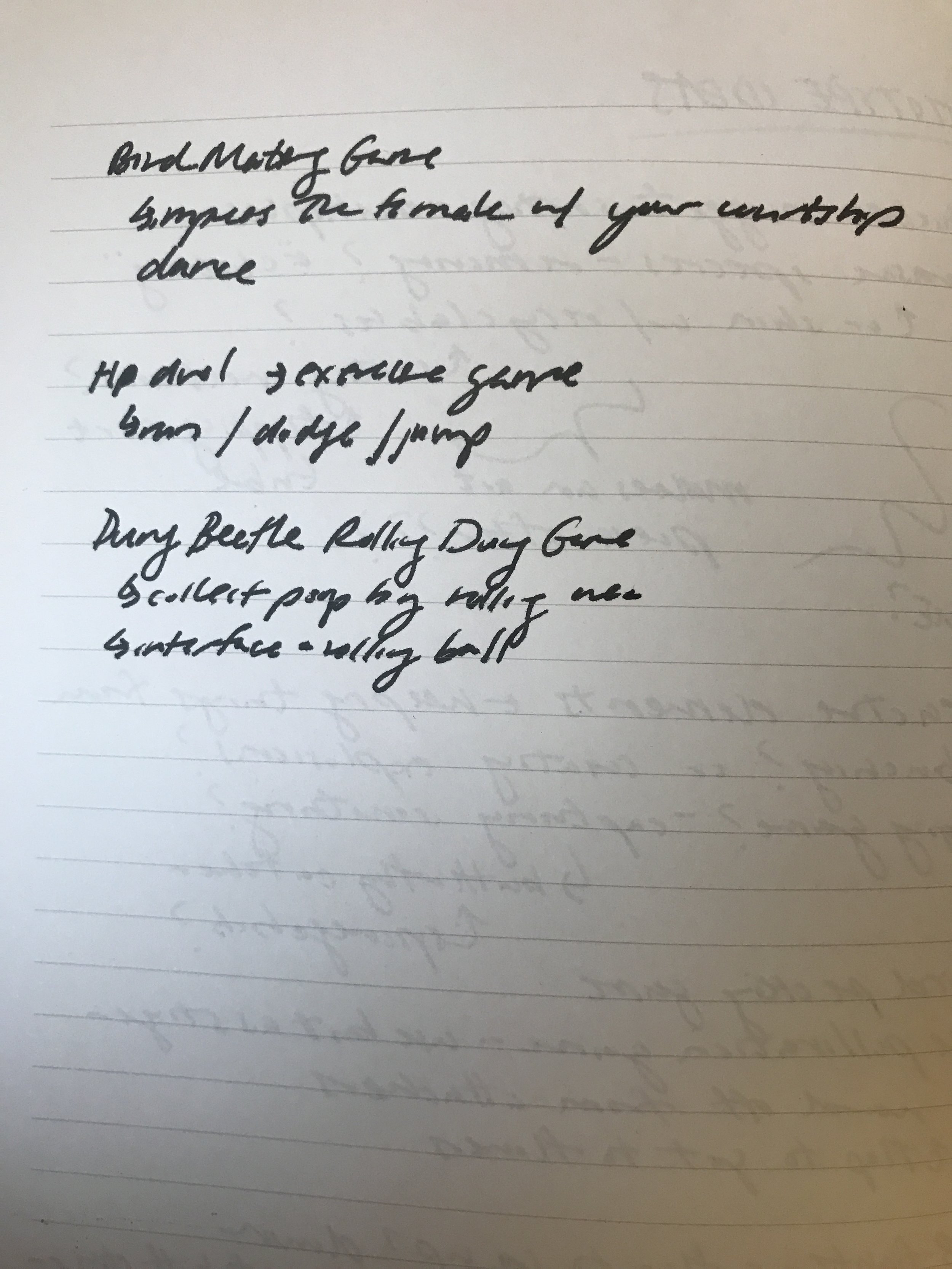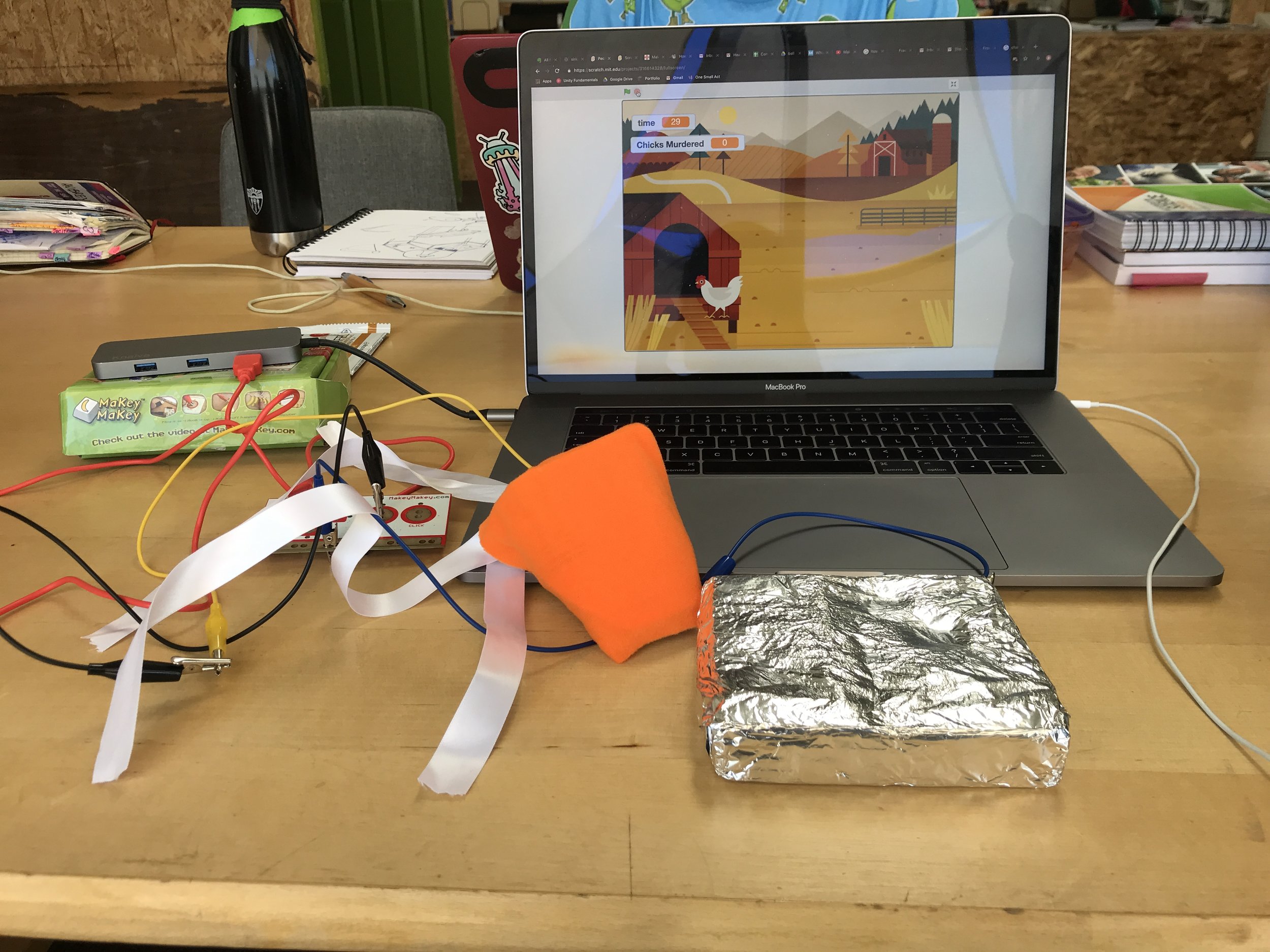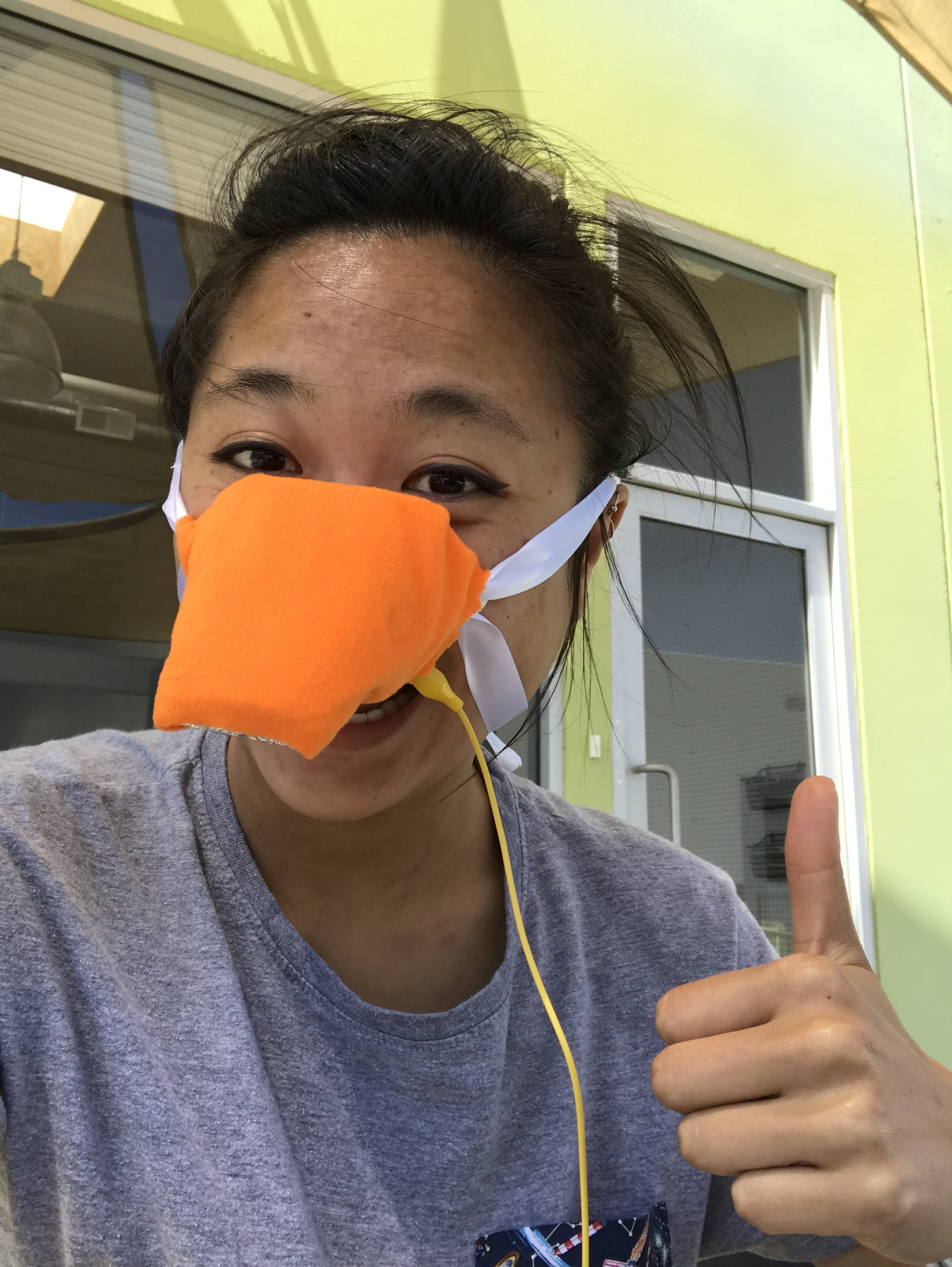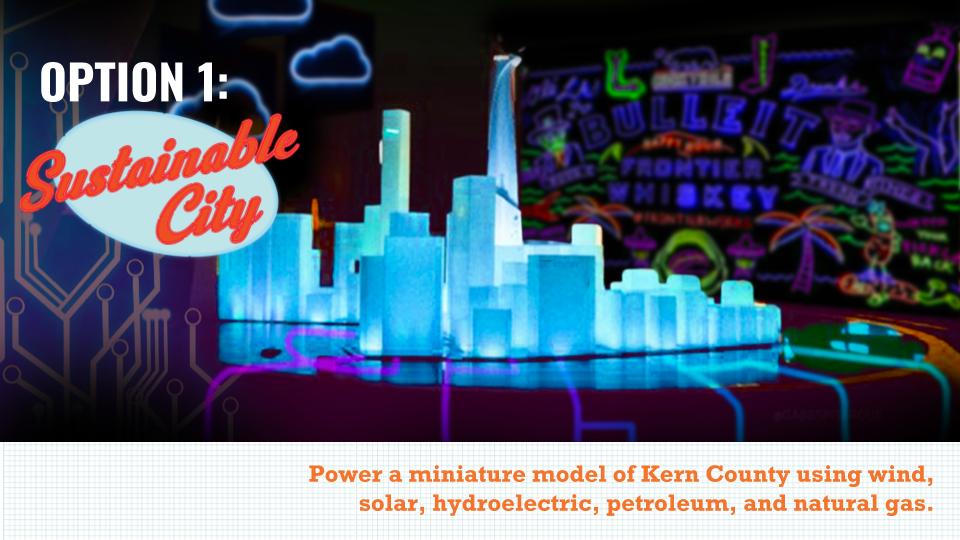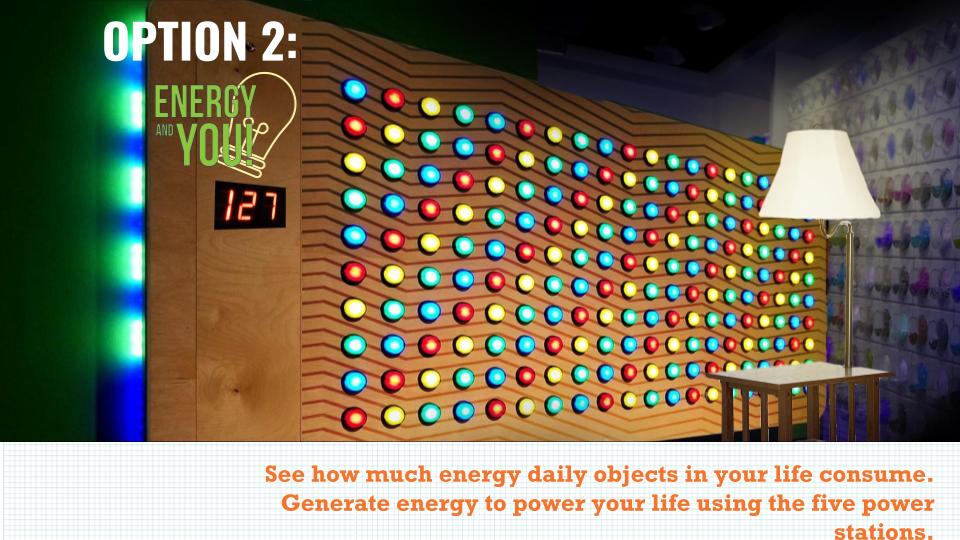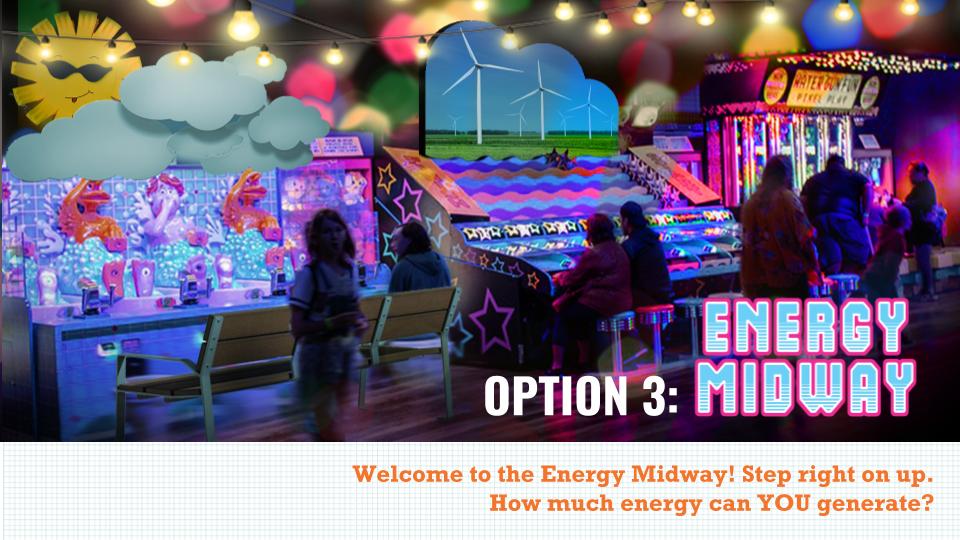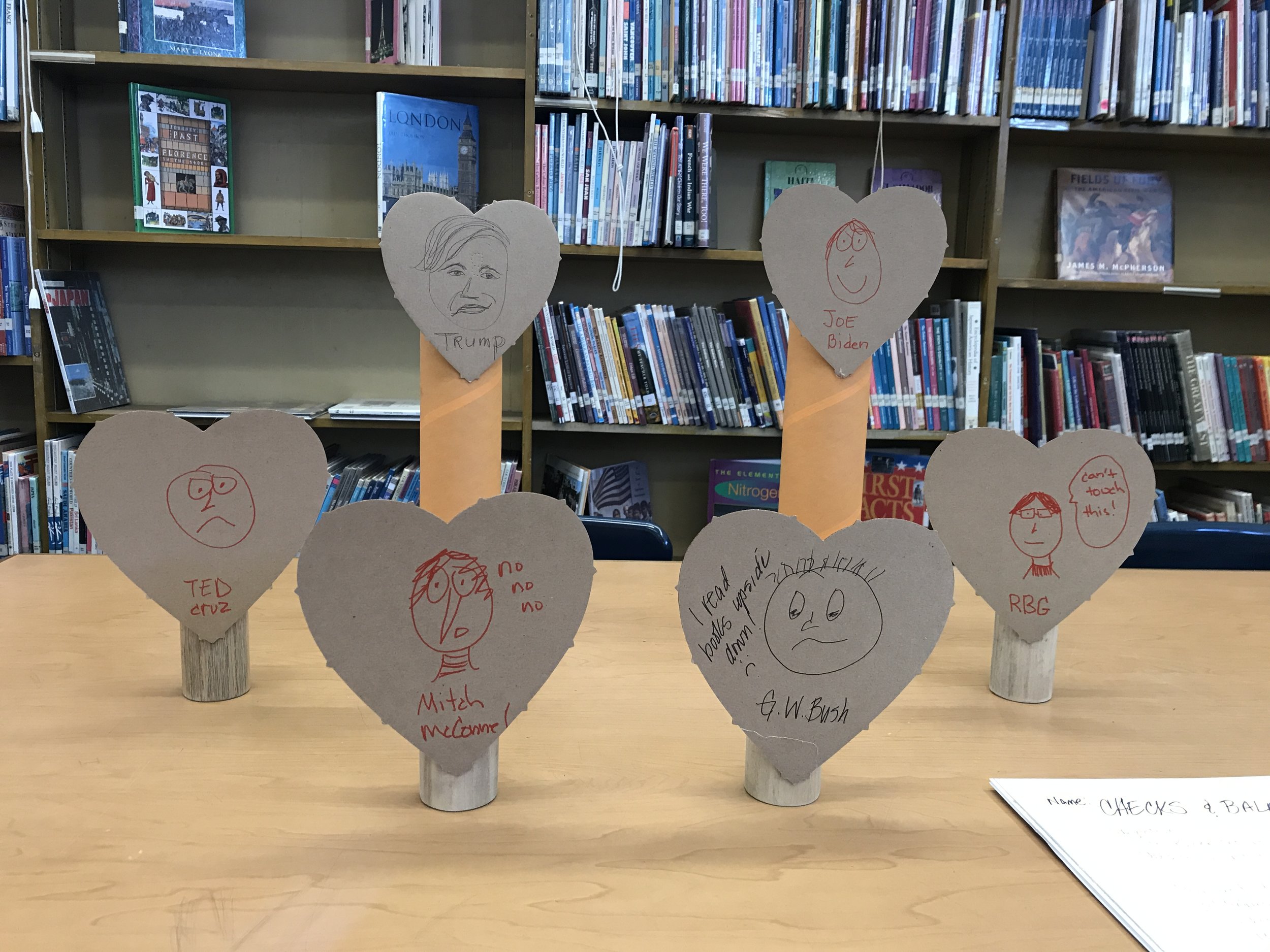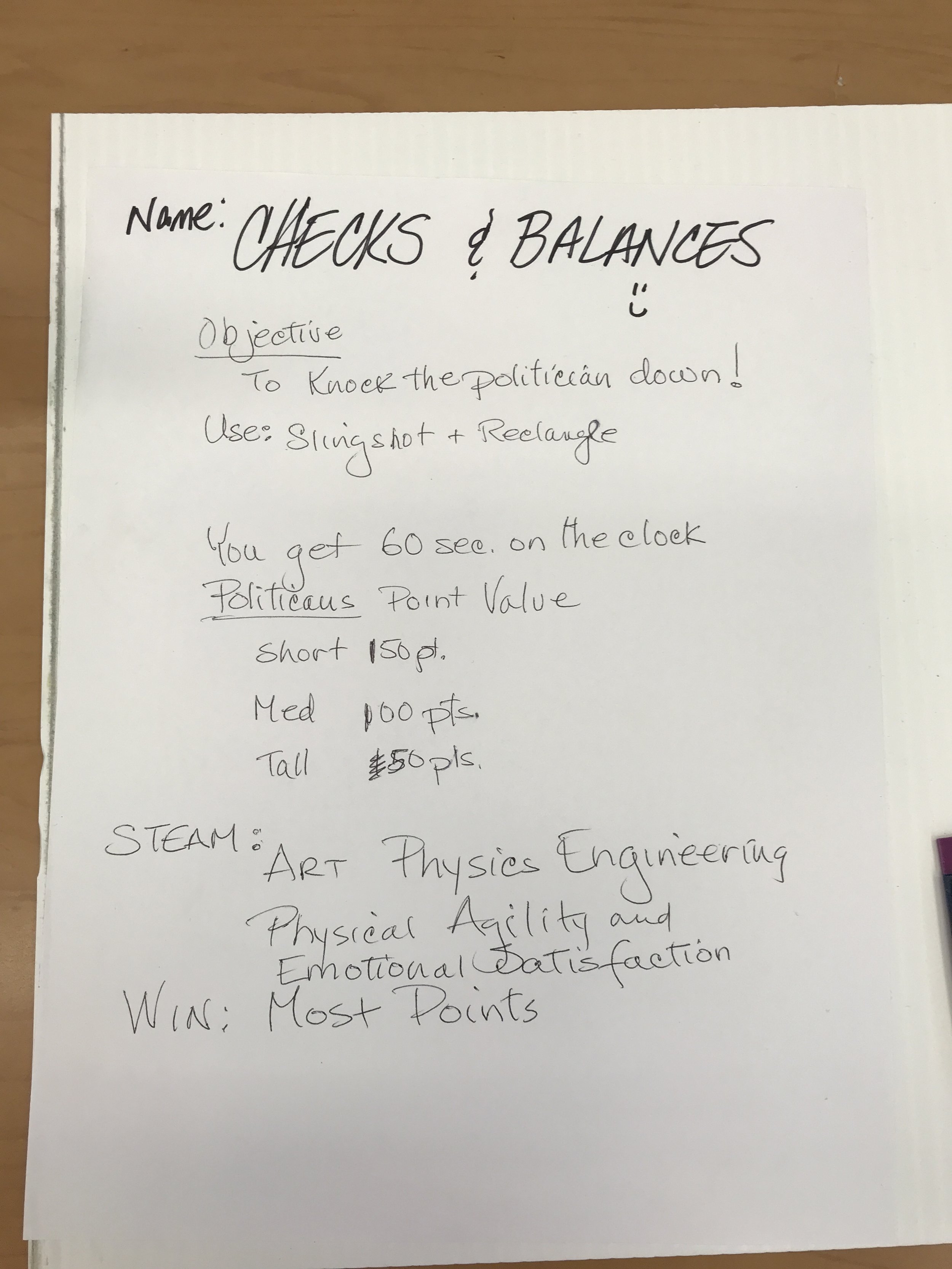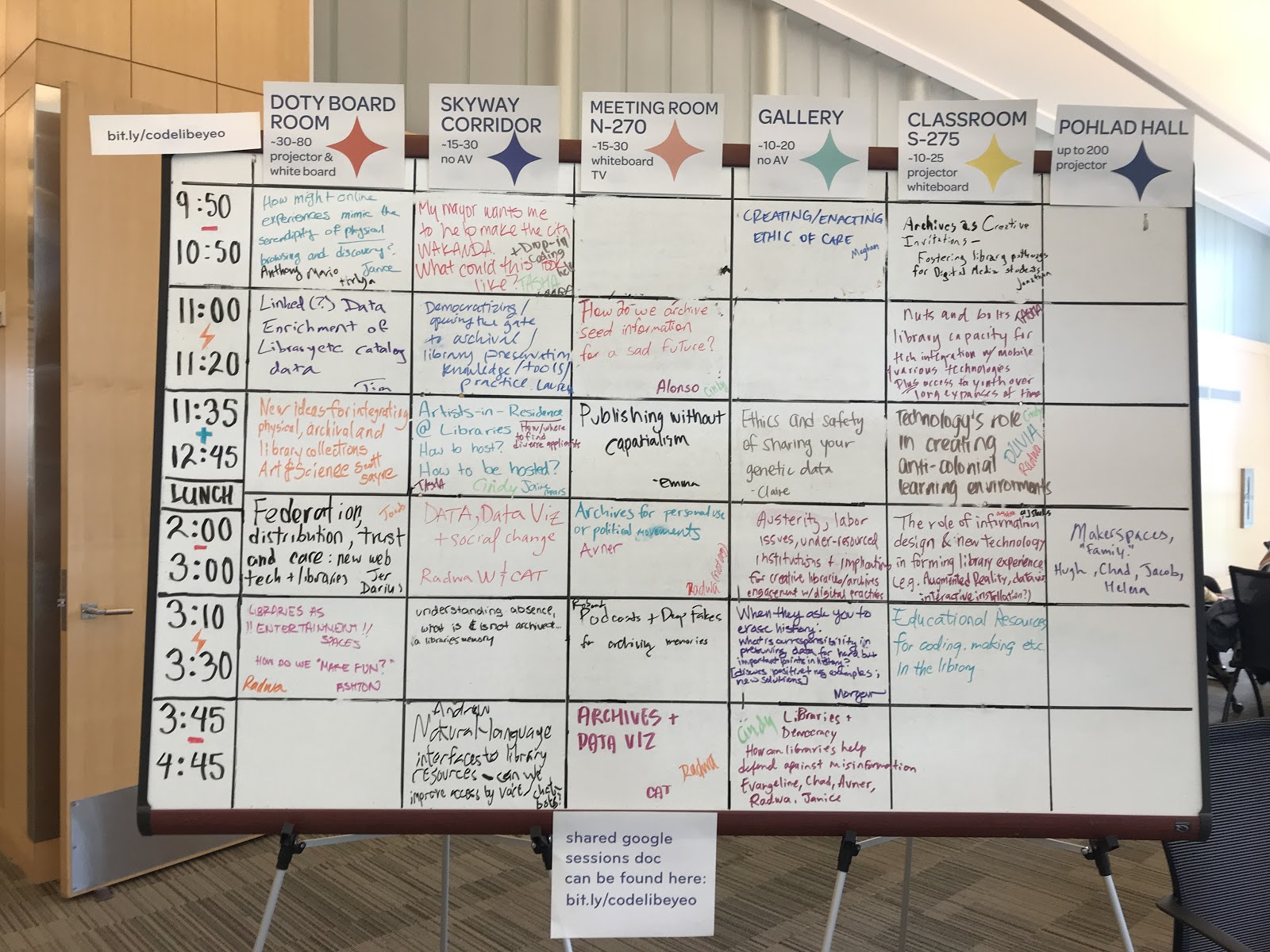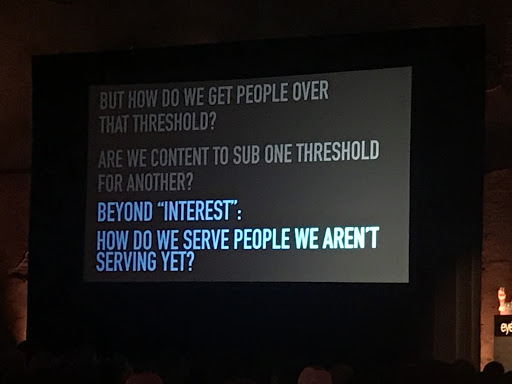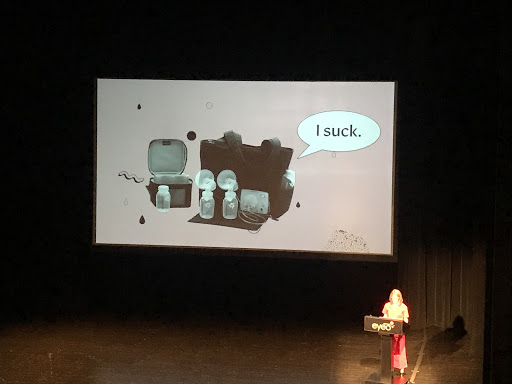We continued to work on our Scratch & Makey Makey games to demo to Mike Salyh, a game designer on the corporate side of Two Bit Circus, who funnily enough is from my roommate’s high school (repping Sandwich, Mass - yes it’s a real place! And yes, they have Sandwich Police).
He gave us feedback on how to design alternative controllers. For example:
Controllers that don’t look like controllers excite guests
Controllers that have good translation from what it looks like to what it should do, to what it actually does is very satisfying
If you have a wacky controller, there should be more mercy in the gameplay
If a controller is frustrating to use, you should create more space to vent out frustration in the game
We each demoed two of our experiences to Mike. Of course, I demoed my Chicken Infanticide game and my Fishing for Phishing Scams game.
His comments on my Chicken Infanticide game:
Nice experience
Weird to use your face
Maybe think about turning it into a rhythm game?
Usability/visibility is a problem - need to make it easier to use
Change to be STEAM themed
Ramp up eggs over time
Creates great selfie moments
Shareable + wacky - unique to pace
His comments on my Phishing game:
Need to make more clear feedback when scame is got/not got - create a clear feedback loop
Gameplay is solid
Theme can do a lot of tutorialization
Not clear if you’re supposed to get phishing scams out?
Do I want to get phished?
For the water controller:
More discrete things with water because you want that to be the focus
Not good for controlling specific things
Could be an interesting controller for an escape room? - manipulating water on a board
Overall, it was really helpful to hear his feedback on designing our experiences.
This week, we also started getting ready for camp. 2BCF was contracted out by Hawthorne School District to provide programming for 12 days (3 weeks, M-Th) at a free summer camp for at-risk youth. We worked on developing our own curriculums to teach at camp and prepping our supplies at the warehouse.
This involved taking what we learned from Scratch & Makey Makey and converting it to a curriculum that is both teacher and student facing. As I mentioned in the previous blog, 2BCF focuses on professional development as well as engaging youth. The work that we create needs to be able to handoff to a facilitator to teach in the future.





